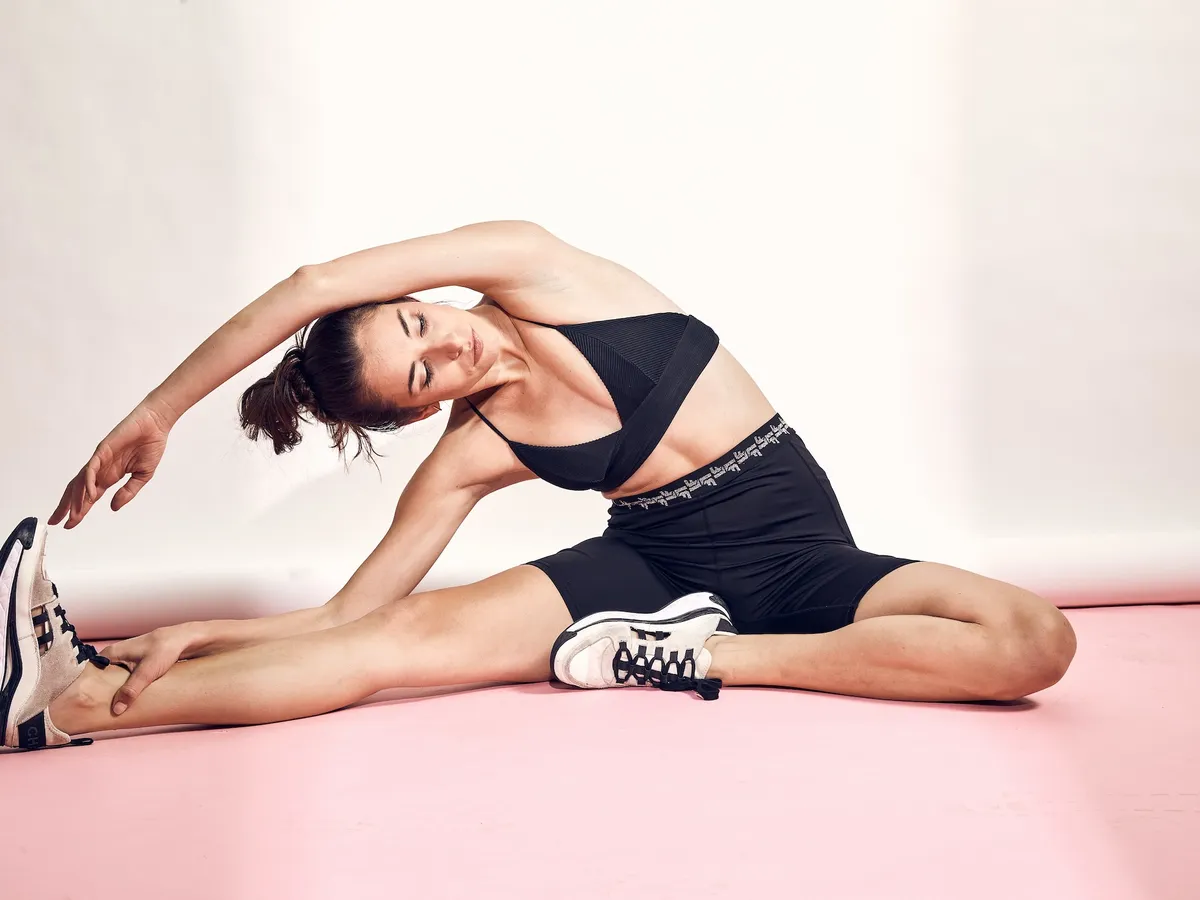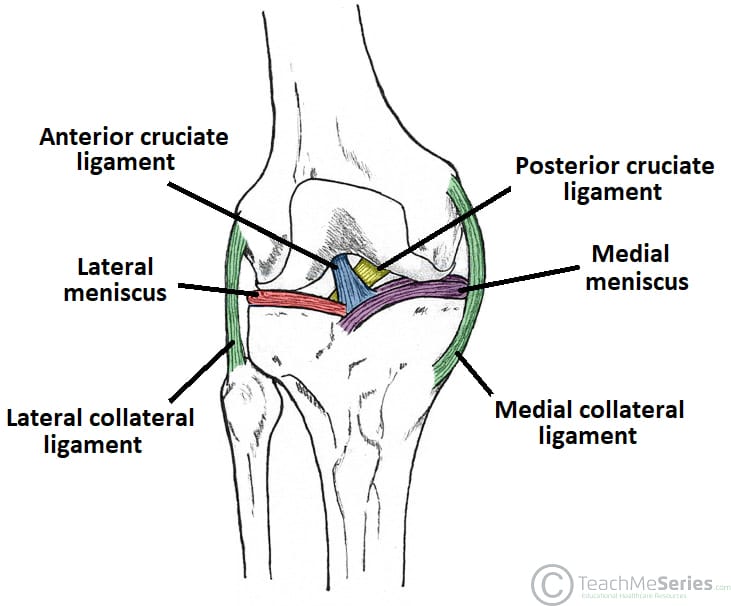The ATG Split Squat: A Game-Changing Exercise for Strength and Mobility
The host introduces his favourite exercise, the ATG split squat, in this video. He reveals that he has designed unique equipment called ATG friends to efficiently do this activity. The ATG split squat focuses on range of motion and hip flexor activation. The host emphasises the necessity of obtaining the perfect rep by maximising the range of motion with the load.
Exploring the ATG Split Squat
The host demonstrates and instructs a participant on how to perform the ATG split squat. They begin by performing five sets of four to six reps each leg. The exercise works the participant’s back and left hip. The host instructs them to lengthen their rear hip flexors and compliments them on their form. They keep going with the workout, concentrating on stretching, and get positive feedback from the host.
Benefits for Weightlifters and Mobility
The host explains how the ATG split squat can help weightlifters by correcting imbalances on both sides of the body. It can also be used to improve leg drive and provide a respite from regular movement patterns. This exercise can relieve knee pain and potentially assist the lower back by engaging the hip flexors and achieving true hip extension. The host emphasises the need of adding load to stretches in order to increase their effectiveness.
Increased Range of Motion
The participant and the host demonstrate the ATG split squat side by side. They use weights to achieve greater depth and range of motion. The host adds that the exercise stretches the glutes and targets the vastus medialis oblique (VMO), perhaps resulting to gains in strength and mobility. They demonstrate the distinction between static stretching and loaded stretching for optimal results.
Building Strength and Mobility
The participant and the host demonstrate the ATG split squat side by side. They use weights to achieve greater depth and range of motion. The host adds that the exercise stretches the glutes and targets the vastus medialis oblique (VMO), perhaps resulting to gains in strength and mobility. They demonstrate the distinction between static stretching and loaded stretching for optimal results.
Modification with Reverse Bands
The host provides a tweak for individuals who are having difficulty with the ATG split squat. Individuals can gradually advance to bodyweight squats by employing reverse bands to lower the burden. This change allows people of all fitness levels and abilities to participate in the activity and reap its advantages. The host recognises resistance bands’ adaptability and their capacity to support better posture and strength development.
ATG Split Squat
The ATG split squat is hailed as a game-changer for strength and mobility. It offers a comprehensive workout targeting various muscle groups and improving range of motion. By utilizing the ATG buddies and focusing on proper form and intention, individuals can experience long-term gains in strength, flexibility, and overall physical fitness. The exercise is inclusive, adaptable, and can be modified to suit different fitness levels and needs. With the ATG split squat, anyone can achieve their fitness goals and improve their physical well-being.
For more go to:
or Youtube


